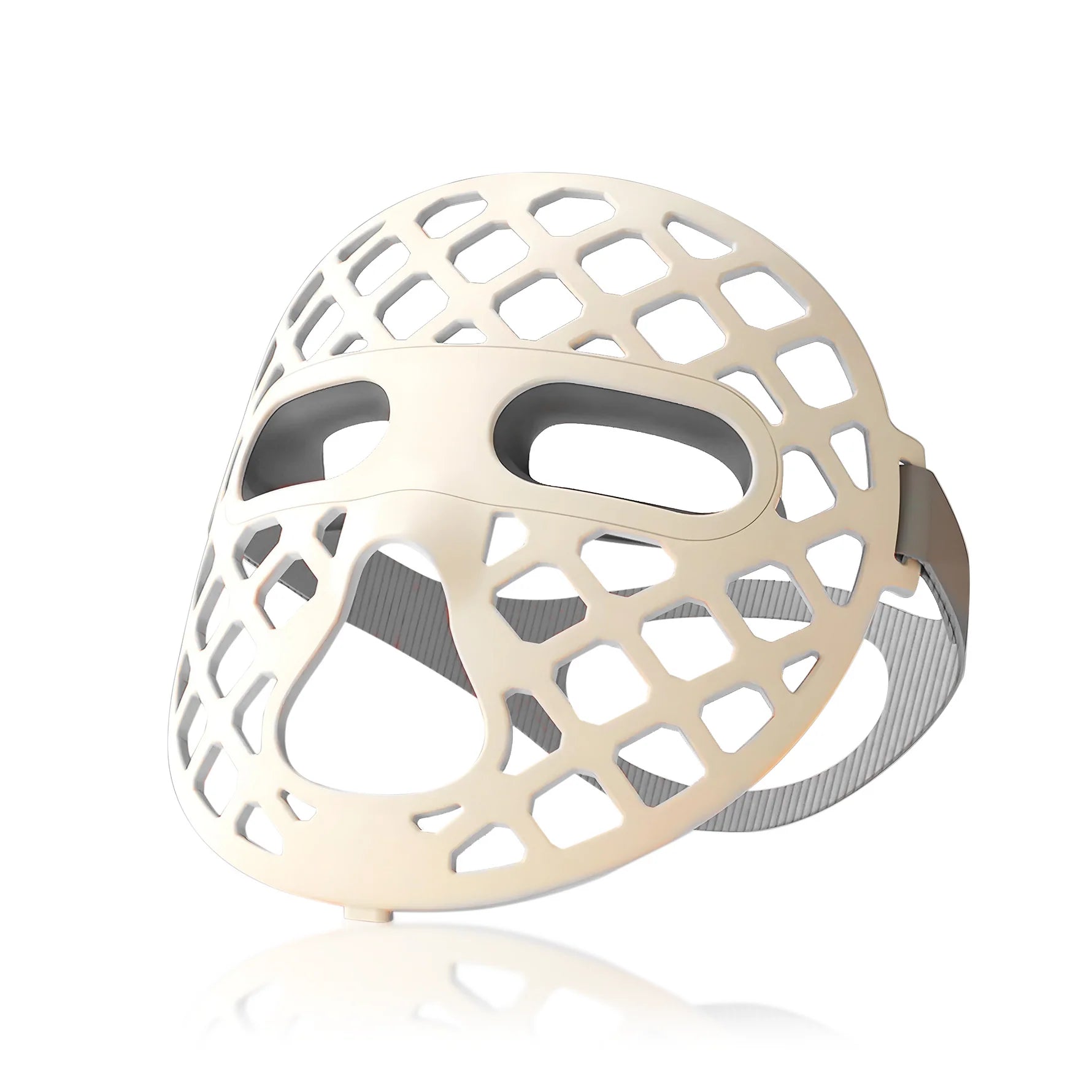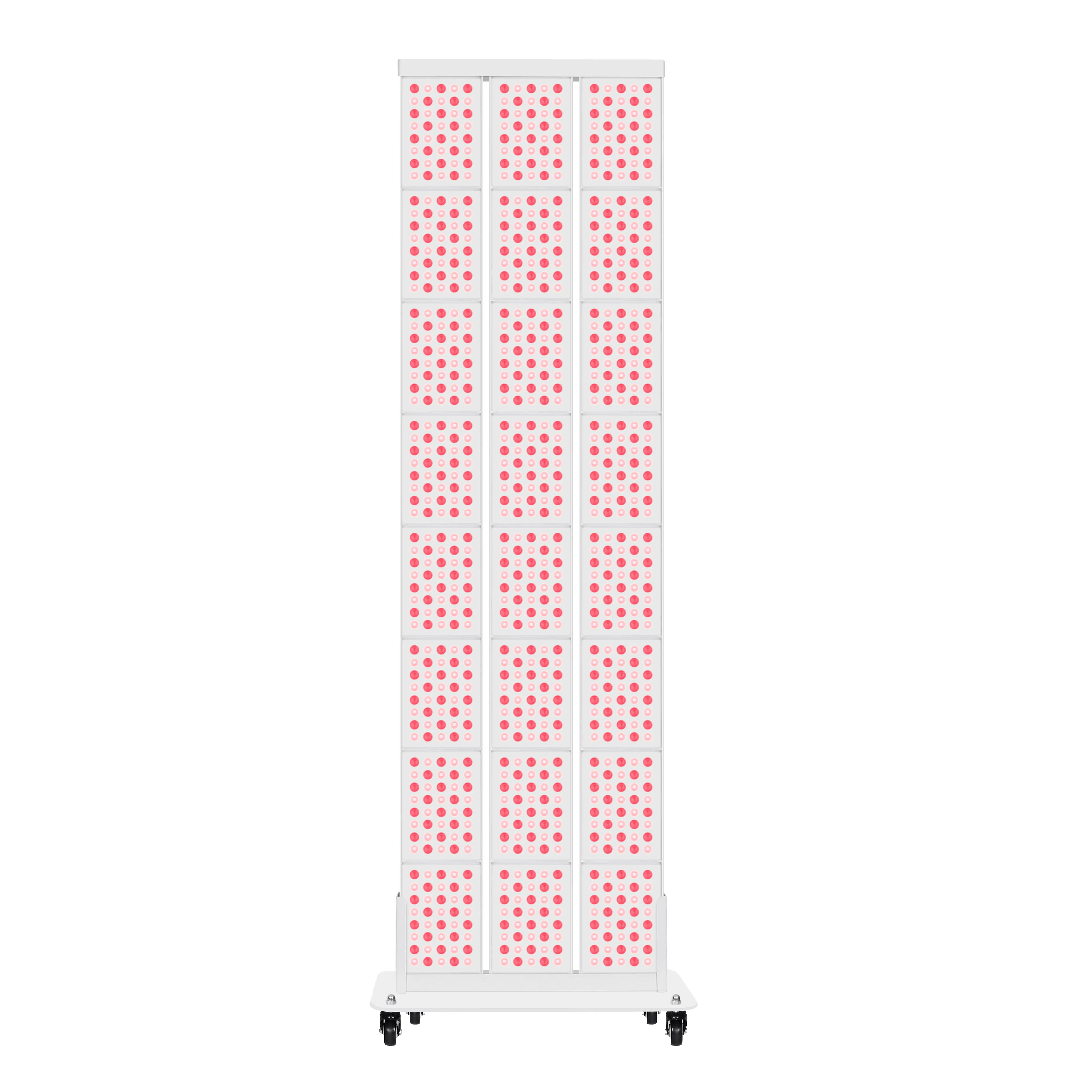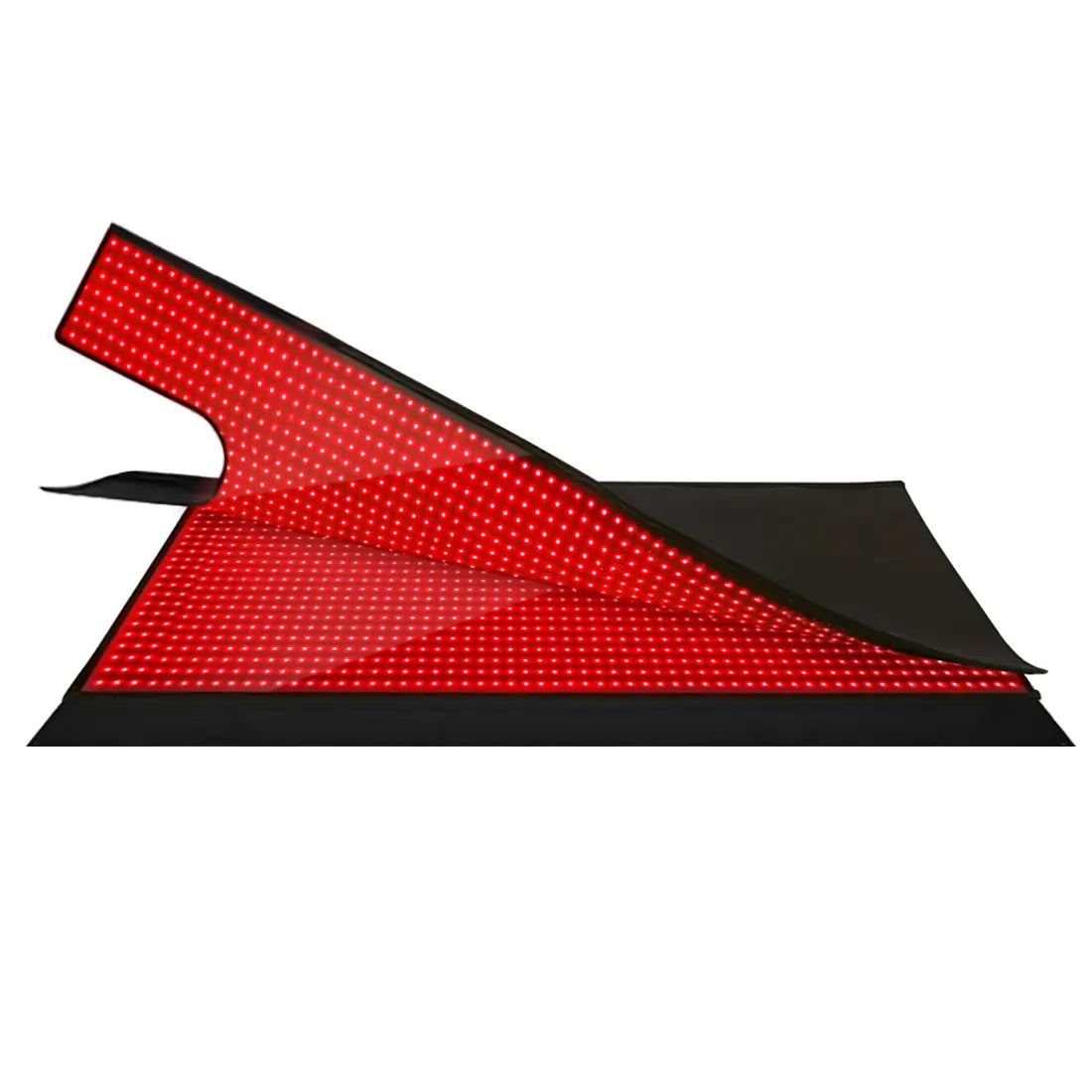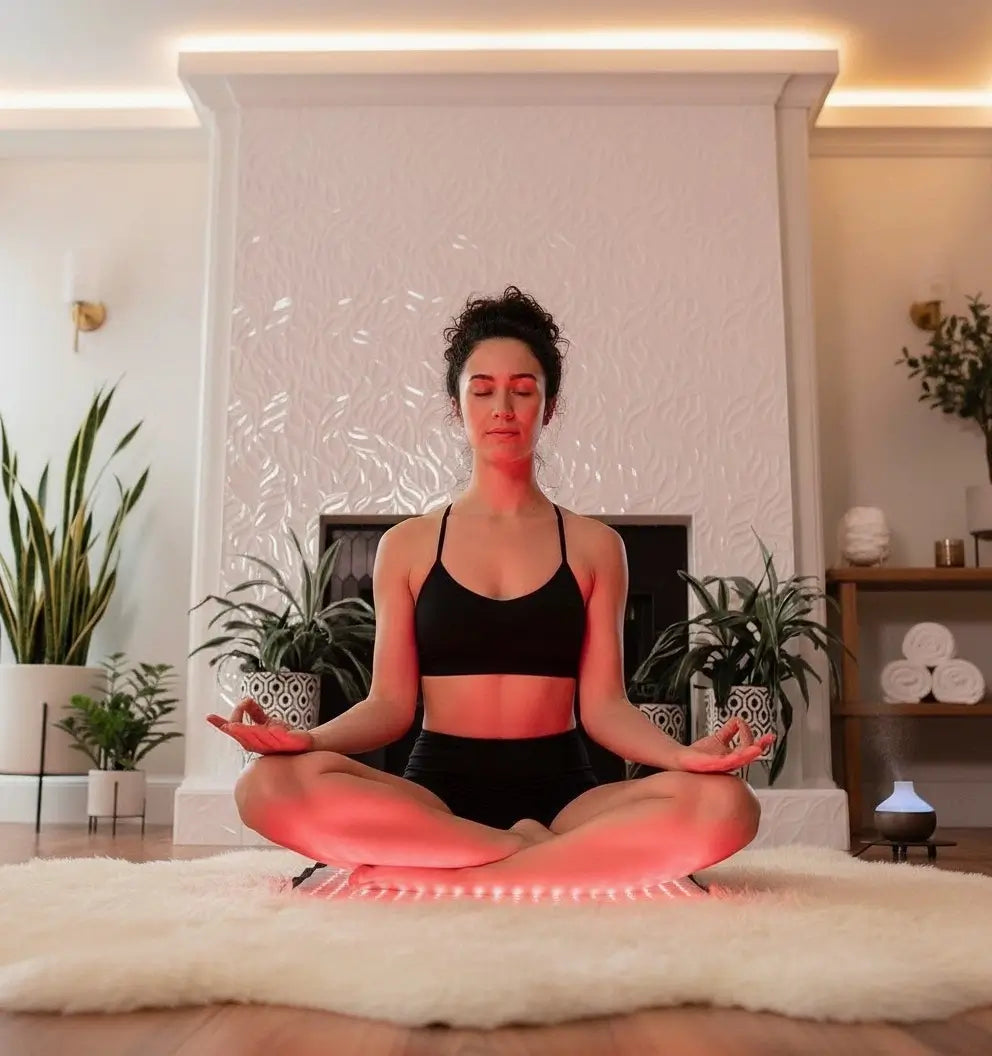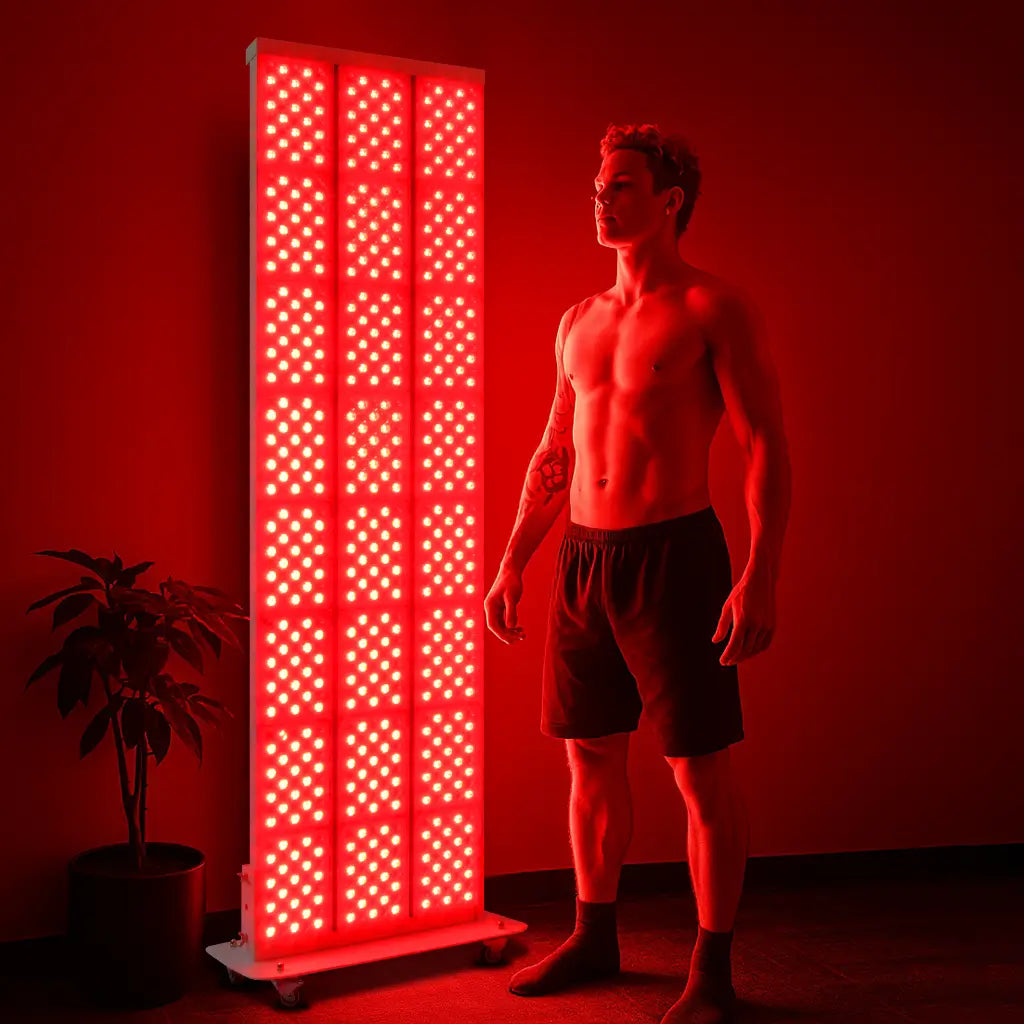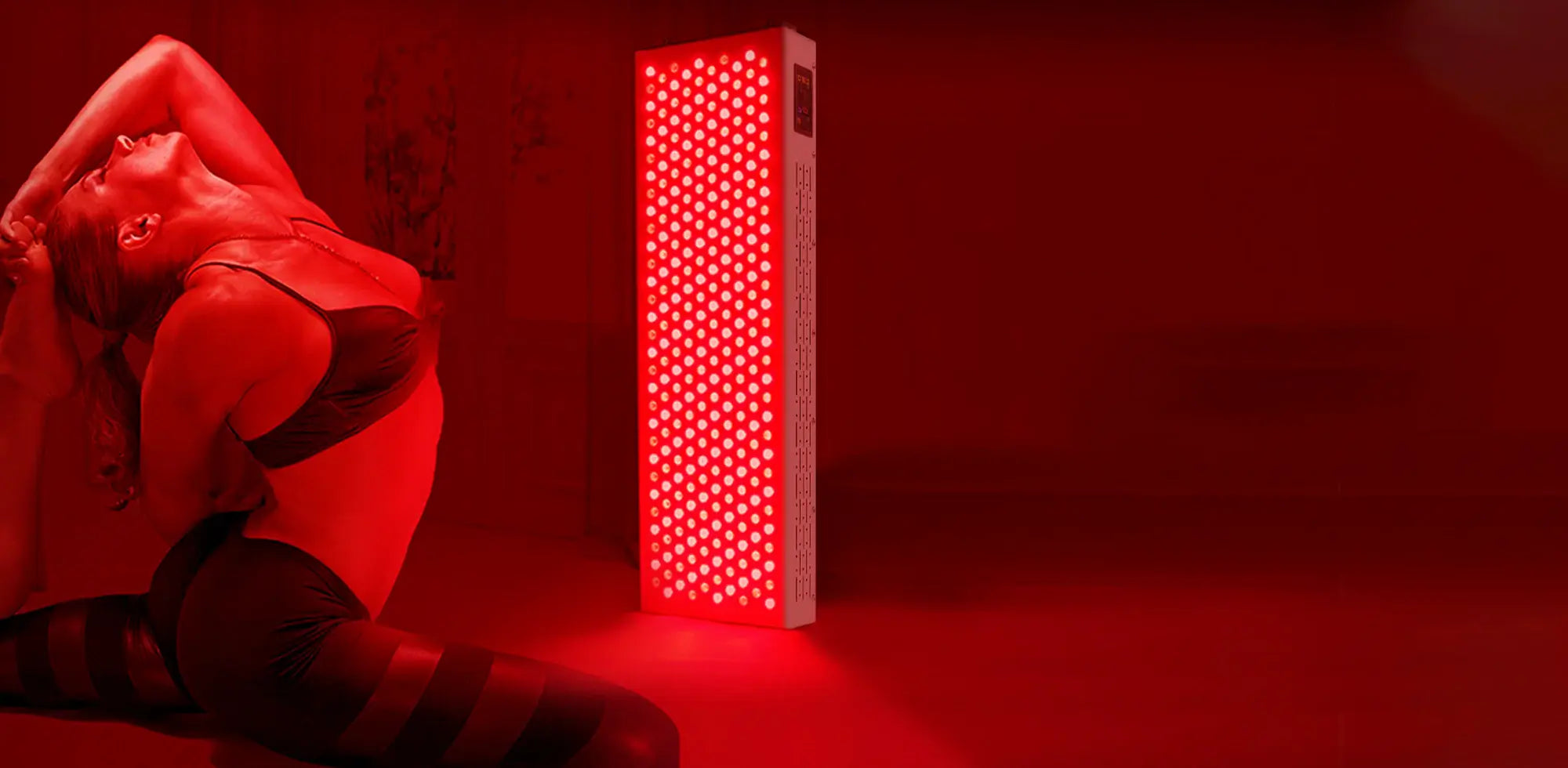It can be overwhelming to select a red light therapy panel for use in your home. There are a lot of technical terms and product claims, and it is hard to sift through all that to get to what matters. This guide will break down the key areas that can enhance your daily life. If you would like to make an informed, confident decision, you are in the right place.
Why You Should Choose a Red Light Therapy Panel?
If you’re new to red light therapy or wondering why a panel would be worth the investment, this section will break down the fundamentals. First, an explanation of what red light therapy is and how panels differ from other devices.
What is Red Light Therapy (RLT)?
Red light therapy (RLT) is a non-surgical treatment. It utilizes specific light to aid in healing cells, reduce inflammation, and improve the health of the skin. Individuals typically use it for joint pain, improved sleep, wound healing, and skin care.
Why Choose an RLT Panel Over Other Devices?
While there are many RLT devices on the market, panels are often the best choice for home use because they cover more area in less time and tend to be more powerful. Unlike handheld devices or light masks, a red light therapy panel can treat your back, legs, or even your entire body, depending on its size. This means fewer sessions and better consistency. If you’re serious about building RLT into your wellness routine, starting with a well-chosen panel is a smart move.

Essential Technical Specifications
To get the most out of your red light therapy panel, you need to understand how its technical features translate into real-world results. Here are the key specs to look for.
Light Wavelengths
An effective red light therapy panel utilizes both red and near-infrared (NIR) light. These kinds of light penetrate to varying layers of your skin. Red light, typically between 630 and 670 nanometers, targets surface issues such as skin tone and collagen synthesis. Near-infrared light, typically between 810 and 850 nanometers, penetrates deeper to help with muscle recovery, joint pain, and inflammation.
Some panels offer only red light or only NIR. That might work for specific goals, but most people benefit from a combination. Look for a red light therapy panel that lists exact wavelength values instead of vague terms. That shows the manufacturer understands how targeted light works.

Power Output and Irradiance (mW/cm²)
Irradiance informs you of the amount of light energy that reaches your skin, expressed as milliwatts per square centimeter (mW/cm²). Some manufacturers tout large numbers, but perspective is important. A 100 mW/cm² red light therapy panel sounds powerful, but the figure is only useful if you understand the distance. For instance, 100 mW/cm² at 6 inches is more helpful than 50 mW/cm² at 18 inches.
See if the panel provides irradiance information at varying distances. Certain brands try to make power figures appear greater by measuring too close to the LEDs. Effective red light therapy panels tend to function well at varying distances. If you will be sitting or standing a few inches away, make sure the panel still functions properly.
Number and Type of LEDs/Diodes
More LEDs don’t always mean more expensive, but also better results. A red light therapy panel with 300 diodes may look impressive, but you also need to ask: What kind of LEDs are used? Are they medical-grade? Are the diodes spaced well for even light distribution?
Beam angle plays a role, too. A wider beam (like 60 or 90 degrees) helps spread light more evenly over the body, while a narrow angle can cause hot spots. Look for a red light therapy panel that balances coverage and intensity, especially if you plan to use it for full-body sessions.
Flicker vs. Flicker-Free Technology
Some low-cost red light therapy panels use drivers that produce flicker. You might not notice it with your eyes, but your nervous system can react to subtle pulsing, especially with daily use. Flicker-free panels provide a more relaxing experience, which matters when you’re trying to heal or unwind.
Panel Size, Coverage, and Placement Considerations
Not all panels are the same size, and where you plan to use yours can make a big difference. This section will help you think through dimensions, setup, and fit.

Panel Dimensions and Weight
Think about what part of your body you want to treat. A compact red light therapy panel works well for the face, hands, or small areas. Medium panels are better for the upper body, like the chest or back. If you’re looking for whole-body benefits, a tall, full-sized red light therapy panel is a better fit.
Treatment Area Coverage
A panel’s coverage area determines how much of your body it treats at once. If you’re targeting just the face or joints, a smaller panel may be enough. But for full-body wellness, broader coverage helps save time and ensures more even results.
Mounting and Placement Options
Some models come with stands, while others are made to hang on doors or mount to a wall. Wall-mounted or door-hung setups work well if you have a dedicated space. A table-friendly option may be better if you plan to move it often. Think about what feels easiest for your daily routine.
Space Requirements in Your Home
Always check the weight and size specs before you buy. Measure your available space beforehand. You don’t want to end up with a panel that’s too bulky or awkward for your home setup.
Safety Features and Certifications
A good red light therapy panel should work safely. Here’s what to look for to protect your health and your home.
FDA Clearance/Approval
Safety certifications offer peace of mind. Some red light therapy panels are registered with the FDA, which means they meet certain device standards.
EMF (Electromagnetic Fields) Emissions
Also, check for low EMF emissions, especially if you plan to use the panel near your head or heart. High EMF levels can be a concern with larger panels that draw more power.
Built-in Timers and Auto Shut-off
Good panels come with built-in timers, fan cooling, and auto shut-off to prevent overheating. If you forget to turn it off, the panel should protect itself and you. This is especially useful for those who like to relax, meditate, or fall asleep during sessions. You won’t need to constantly monitor the time, and the built-in shut-off adds an extra layer of safety.
Cooling Systems and Overheating Protection
Internal features also matter. A good fan system keeps the device cool and extends its life. Some panels use active cooling with quiet fans, while others rely on passive ventilation. If you plan to use your panel for long sessions or in warm rooms, active cooling is generally more reliable and helps maintain stable performance.
Eye Protection (Included Goggles, Recessed LEDs)
Eye protection is another must. Many panels now include goggles or use recessed LEDs that help shield your eyes. Even indirect exposure from panel reflections can cause strain over time. It’s best to wear goggles consistently, especially if you’re using the panel several times a week or targeting areas near your face.

Everyday Use: Comfort, Controls, and Customization
Day-to-day use matters as much as performance. This section breaks down what makes a panel easy and comfortable to use.
Control Panel and Ease of Operation
You shouldn’t have to wrestle with controls every time you use the device. A user-friendly red light therapy panel will have clear buttons, a readable display, and perhaps even a remote control.
Dimming Capabilities
Some models now let you adjust light intensity or pulse settings based on your goals. Lower settings may be gentler on sensitive skin or more comfortable for facial treatments. If you’re using the panel in the evening or near your eyes, dimming the lights can make the session feel calmer and less intense.
Pulsing Frequencies (Hz)
Look for models that allow pulsing options if you’re interested in customizing sessions for different results. Pulsing refers to the light turning on and off at a set rhythm, measured in Hertz. Some users believe lower-frequency pulses support cellular repair, while higher frequencies might stimulate circulation. While the science is still evolving, having the option gives you more control over your routine.
Noise Level (from fans)
Noise from fans is another factor. Most panels use some form of cooling, but a loud unit can make your session less relaxing. If you value quiet time, look for user reviews that mention fan noise, or the lack of it.
Final Thoughts: Matching the Panel to Your Lifestyle
By now, you realize that there are a lot of things to consider when choosing the correct red light therapy panel. Let’s summarize everything and assist you in selecting what is optimal for your objectives and regimen. The ideal red light therapy panel for home use is one that you will use. It must fit your space, suit your requirements, and be powerful enough but not difficult to operate. Although pricier panels offer more features, even a simple, quality unit can provide you with tangible benefits if you use it consistently.
Read all the specs, ask questions, and seek out clear information—not marketing hype—before you make a purchase. A red light therapy panel can be one of the most beneficial devices in your health regimen if you make a smart choice.
FAQs About Red Light Therapy Panels
Q1. How frequently should I use a red light therapy panel?
Most individuals begin with three to five sessions weekly, 10–20 minutes each session. Some decrease in frequency over time as benefits become more stable.
Q2. How long does it take to notice results?
Some clients see improvements in skin color or muscle relaxation after a few uses, but deeper benefits (such as inflammation or sleep) may require several weeks of regular application.
Q3. Is red light therapy safe for your eyes?
Panels are safe if properly used, though it is not a bad idea to use eye protection, especially for prolonged use or with high-output panels.
Q4. Can I use it daily?
Yes, a lot of individuals utilize it on a daily basis to assist in healing, but it is contingent upon the strength of your panel and the area of your body that you are treating. If you are uncertain, begin with caution and observe your body’s reaction.
Q5. What is the best way to place the panel?
Ideally, hold the panel 6 to 12 inches from your skin, as per the manufacturer’s instructions. To treat your face, it is convenient to use a small RLT panel on a table. To treat your back or legs, you will typically want to stand or lie down in front of a panel mounted on a wall.


